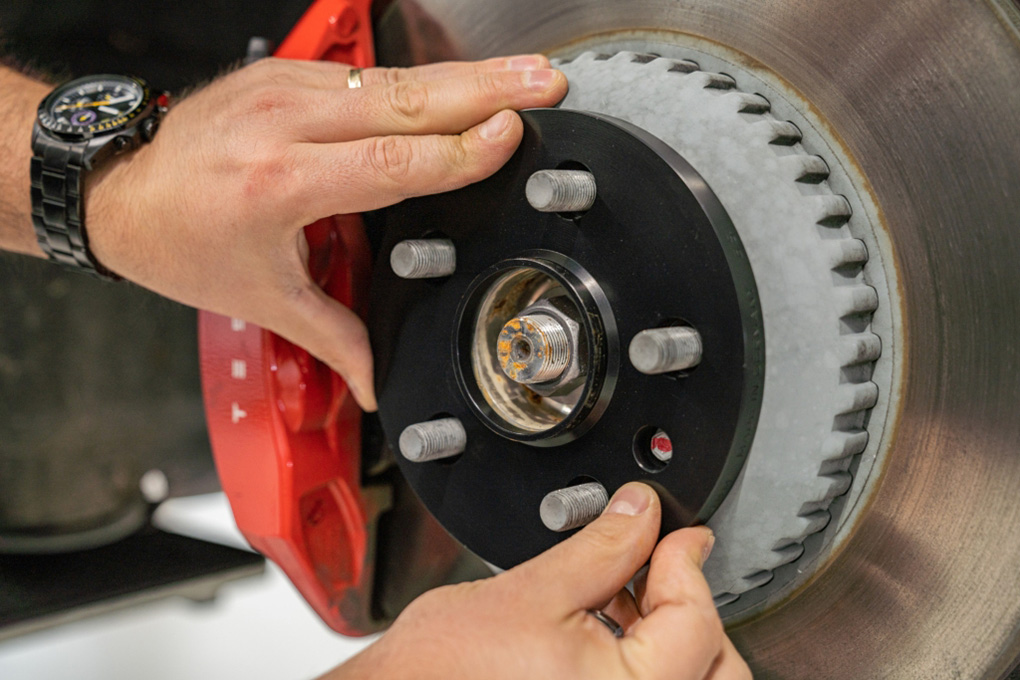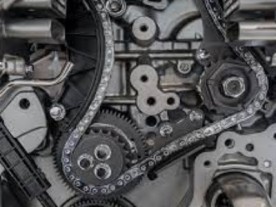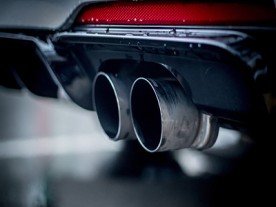Wheel spacers are popular aftermarket accessories that are used to create additional space between the wheel and the hub assembly. These devices provide various benefits, such as improved handling, increased stability, and enhanced aesthetics. However, concerns have been raised regarding their potential impact on wheel bearings. In this article, we will examine whether wheel spacers can cause damage to wheel bearings and explore the factors to consider when using them.

Wheel spacers are circular discs made of high-grade aluminum or steel that are mounted between the wheel and the hub assembly. They effectively push the wheel away from its original position, widening the vehicle's track width. This adjustment can improve the stance, enhance cornering performance, and allow for the installation of larger brake systems or customized wheels.
Wheel Bearings and Their Function:
Wheel bearings play a critical role in maintaining smooth wheel rotation and supporting vehicle weight. They enable the wheel to spin freely on the axle while enduring various loads and motions encountered during driving. Properly functioning wheel bearings ensure optimal vehicle stability, steering control, and tire longevity.
Potential Impact on Wheel Bearings:
The use of wheel spacers can potentially affect wheel bearings due to the altered load distribution and increased stress placed on the bearings. When wider spacers are added, the distance between the wheel and the bearing is extended, resulting in higher forces and moments acting on the bearing. This change in load dynamics can accelerate wear and tear on the bearings, leading to premature failure if not properly addressed.
To minimize the risk of damaging wheel bearings when using wheel spacers, several factors should be considered:
1. High-Quality Spacers: Choose reputable brands that offer precision-engineered spacers specifically designed for your vehicle make and model. Inferior quality spacers may lack proper fitment or durability, increasing the likelihood of bearing damage.
2. Correct Sizing: Ensure that the wheel spacers are of the appropriate size and thickness as recommended for your vehicle. Oversized or improperly fitted spacers can create excessive stress on the bearings, leading to accelerated wear.
3. Regular Maintenance: Implement a proactive maintenance routine, including regular inspection and greasing of wheel bearings. This helps identify any signs of wear or damage early on and allows for timely intervention.
4. Professional Installation: Seek assistance from experienced professionals when installing wheel spacers. They can ensure proper fitment, torque specifications, and alignment, minimizing the risk of bearing damage due to incorrect installation.
While wheel spacers can offer various advantages, it is crucial to be aware of their potential impact on wheel bearings. You can minimize the risks associated with wheel spacer usage by selecting high-quality spacers, ensuring correct sizing, maintaining regular inspections, and seeking professional installation. Remember, prioritizing safety and following recommended guidelines is paramount to preserving the integrity of your vehicle's wheel bearings.








